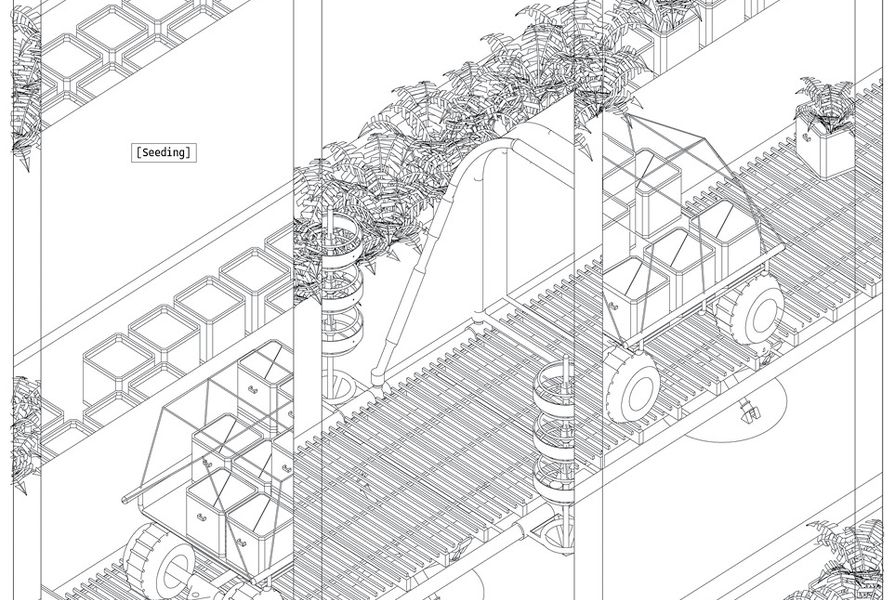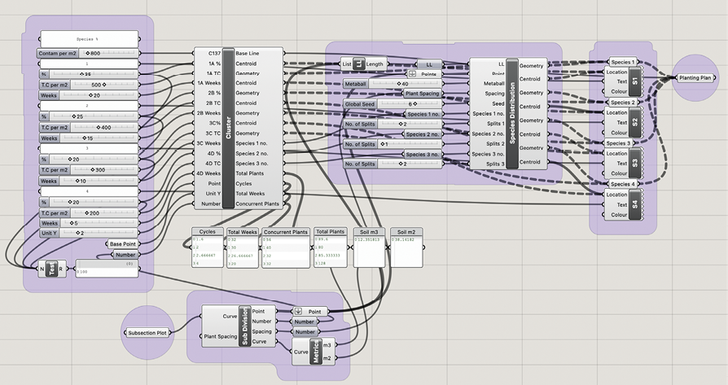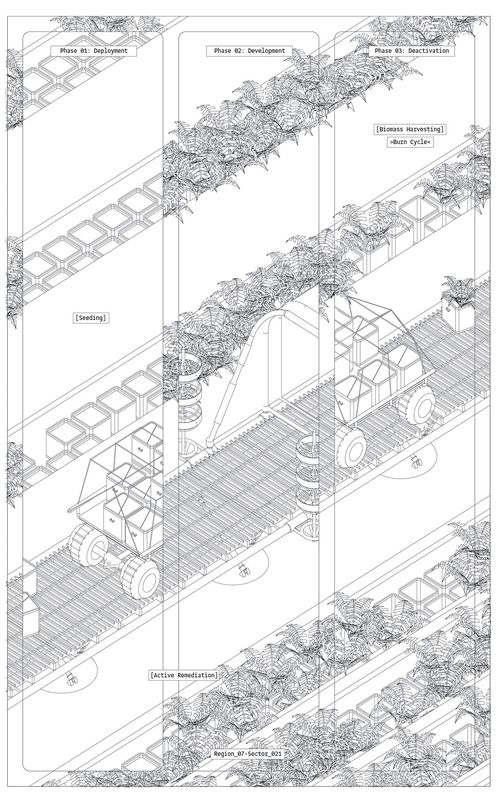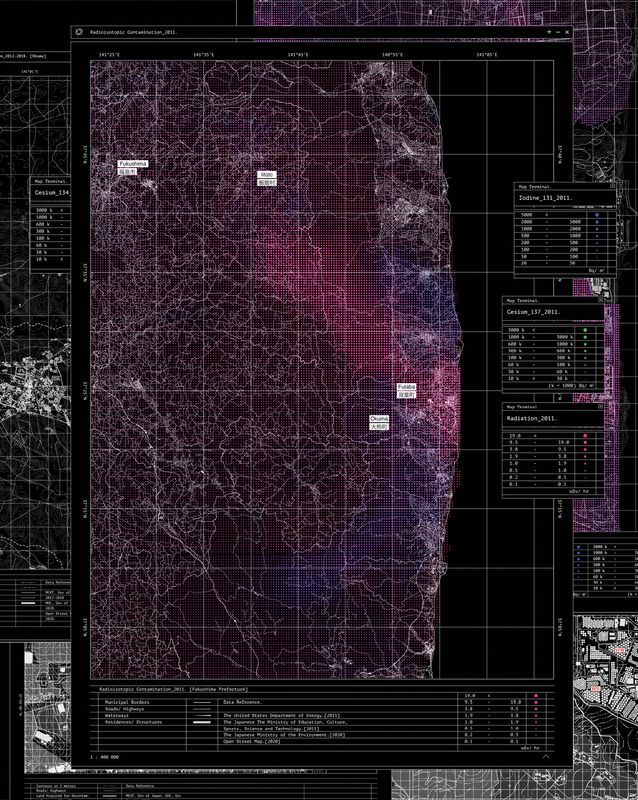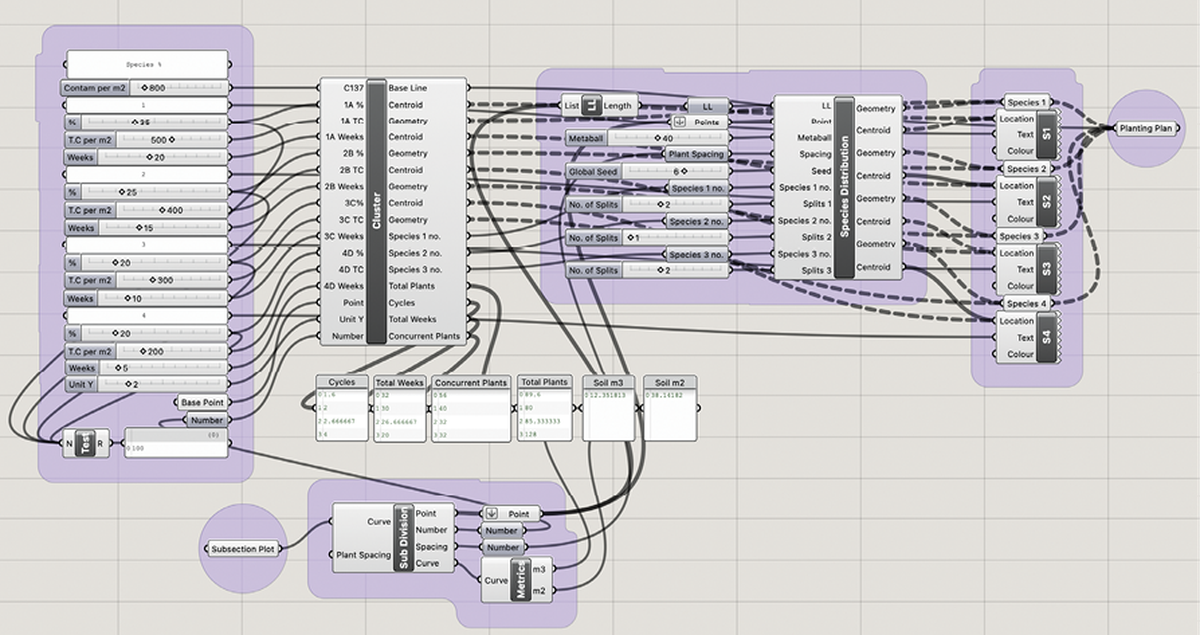Digital technologies and media influence almost every moment of our daily lives. Together with increasingly agile management systems, technological advancements – including computers, the internet, algorithms, artificial intelligence and the cloud – have reinvented nearly every business.1 Practising landscape architecture in this environment raises two questions regarding authorship: first, how data, information and designs are shared; and second, how ideas and outcomes are produced.
Open-source resources offer unprecedented access to collaborative communities in which to exchange ideas. In 2015, Italian architect Carlo Ratti and designer Matthew Claudel from MIT’s Senseable City Lab expanded the notion of collaborative community in their manifesto Open Source Architecture , exploring how the public can be involved in the creation of architecture.2 The authors envision an alternative future for the profession, arguing for a paradigm shift from sole authorship to a more collaborative model of architectural production. In other words, authorship in digital design culture is radically changing practice.
Discussions about authorship in the digital age emerged with Web 2.0. Led by historians Mario Carpo and Antoine Picon, discussions in architecture followed. While the landscape profession is slowly starting to engage with digital design practice, discourse about authorship in this environment has not yet surfaced. So, what concerns are relevant to the profession? Design is a reciprocal process between designers and their media, tools and people, and these three elements provide a framework for rethinking authorship in digital landscape practice.
First, the profession engages with building information modelling (BIM), which is widely understood as a collaborative environment for more efficient documentation, construction and procurement workflows. While facilitating collaboration, the authorship discussion in BIM is also fundamentally about power and control because the model dissolves professional boundaries and traditional artisan-centred definitions of design.
Second, computers have fundamentally shifted practice, allowing co-authorship with design media through digital fabrication and prototyping. Closely related to the hand–tool relationship in traditional crafting, digital fabrication explores and tests material behaviour and performance (its effects and affects).
Third, scripting and simulation differ from traditional tools and media because a range of people are involved in developing software packages and plug-ins, creating complex nested authorships.3 Further, parametric design involves iterative processes between analysis and formation. This approach means the relationship between input and output is not entirely controlled or predictable, giving agency to computers as co-authors. Used in conjunction with imagination, simulations contribute to the generation of designs responsive to the effects of dynamic systems.
The following example illustrates an approach to computational co-authorship necessitated by site constraints and strategic frameworks. “Potentials of the post nuclear: The strategic recalibration of remediative efforts in Fukushima,” by one of the authors of this article (Daniel Ichallalene) is a speculative research project. It seeks to capitalize on the existing remediative efforts demonstrated in Fukushima, Japan to minimize the cumulative environmental impacts of the 2011 nuclear accident while reconciling the site’s ecological and perceptual legacies within the lineage of nuclear energy.
The restricted quality of the site and concern for intangibles such as radioisotopic contamination require remote analysis and three-dimensional proxies, necessitating a computational design process. Simultaneously, these computational workflows enable engagement with that which can neither be accessed nor perceived, a context that built environment industries are encountering with greater frequency.
The project utilizes a range of open-source databases, including the remote sensing of radioisotopic contaminants and ambient radiation conducted by the United States Department of Defense and Japan’s Ministry of the Environment. Cadastral geometries are sourced from Open Street Map, as are geo-data from Google Earth Engine. Through scripting, these readings are spatialized, extrapolated and correlated to ascertain current site conditions and evaluate the long-term efficacy of existing remediative procedures.
A phasing script that automates the staging and distribution of remediative planting in response to terrain and ambient radiation levels.
Image: Daniel Ichallalene
This dense layering of spatialized data enabled a strategy of targeted interventions to be formulated, deployed and tested across an accurate site model. Terraces on opportune segments of redundant land were automated in response to gradient, aspect and curvature. These subdivisions were then operationally phased to balance remediative output rates with ambient radiation levels and their impact on the site’s potential for visitation – a strategy that results in the automation of both form and function.
Interpolated mappings of radioisotopic contamination in Fukushima, Japan created using open-source data, including data on contaminants and radiation obtained by the US Department of Defense and Japan’s Ministry of the Environment through the use of remote sensing technology.
Image: Daniel Ichallalene
Tactically, this project structure sets up the site proxy to function as a sort of digital sandbox, incurring the capacity to maintain multiple potentialities for design outcomes. Without computation, this level of precision, rigour and scale would be untenable. While retaining control of the design, this process acknowledges the computer as co-author.
As architectural design encounters an expanding spectrum of spatiotemporal scales, a threshold of effective manual input emerges, a point of diminishing returns after which analogue formal design elements are no longer effective. Instead, design is perhaps better deployed at scale as sets of predefined relationships, capable of both incremental adjustment and holistic iteration. In this paradigm, design is a sequence of logic that determines an outcome.
A digital design practice presents new design logic, reflective of a different relationship between designers, information and processes. Digital techniques continue to radically alter design and construction workflows, most notably through extended collaboration in the BIM environment and development of open-source software.
New interrelation between designers, media and tools through parametric design and scripting establish further points of distinction in the landscape approach, in which designers cannot fully control or influence forms, systems or phenomena. Instead, designers must intervene in systems that have their own agency and characteristics, requiring different types of design strategies and tactics. This provides exciting opportunities for iterative and collaborative design processes in creative practice.
Simultaneously, the digital questions the definition of authorship. In a digital environment, traditional notions of the designer as author controlling the relationship between input and output are challenged. Instead, the digital contains multiplying, integrated authorships. Discussions in architecture have already started to reflect on this challenge, arguing that authorship in the digital age becomes less professionally sustainable and calling for a reframing of authorship through the legal lenses of ownership, intellectual property and copyright.4
Authorship issues might not appear urgent in landscape architecture, as the profession has been comparatively slow to adopt advanced digital practices. Similarly, the discipline does not conceive of authorship in the same way as “ego-fuelled” architecture. But as the digital age continues to reinvent practice, we must at least understand its possibilities and challenges.
1. Steve Denning, “How the digital age is reinventing (almost) everything,” Forbes , 5 September 2021, forbes.com/sites/stevedenning/2021/09/05/how-the-digital-age-is-reinventing-almost-everything/?sh=68b87098e7f3 (accessed 2 December 2022).
2. Carlo Ratti and Matthew Claudel, Open Source Architecture (London: Thames and Hudson, 2015).
3. Princeton School of Architecture, “Antoine Picon: The ownership revolution. Digital culture and the transformation of architectural practice and ideals,” 2015, vimeo.com/189623723 (accessed 5 August 2022).
4. Princeton School of Architecture, “Antoine Picon,” 2015.
Source
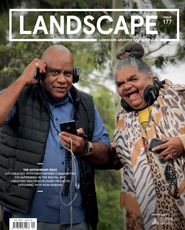
Practice
Published online: 13 Apr 2023
Words:
Heike Rahmann,
Daniel Ichallalene
Images:
Daniel Ichallalene
Issue
Landscape Architecture Australia, February 2023

